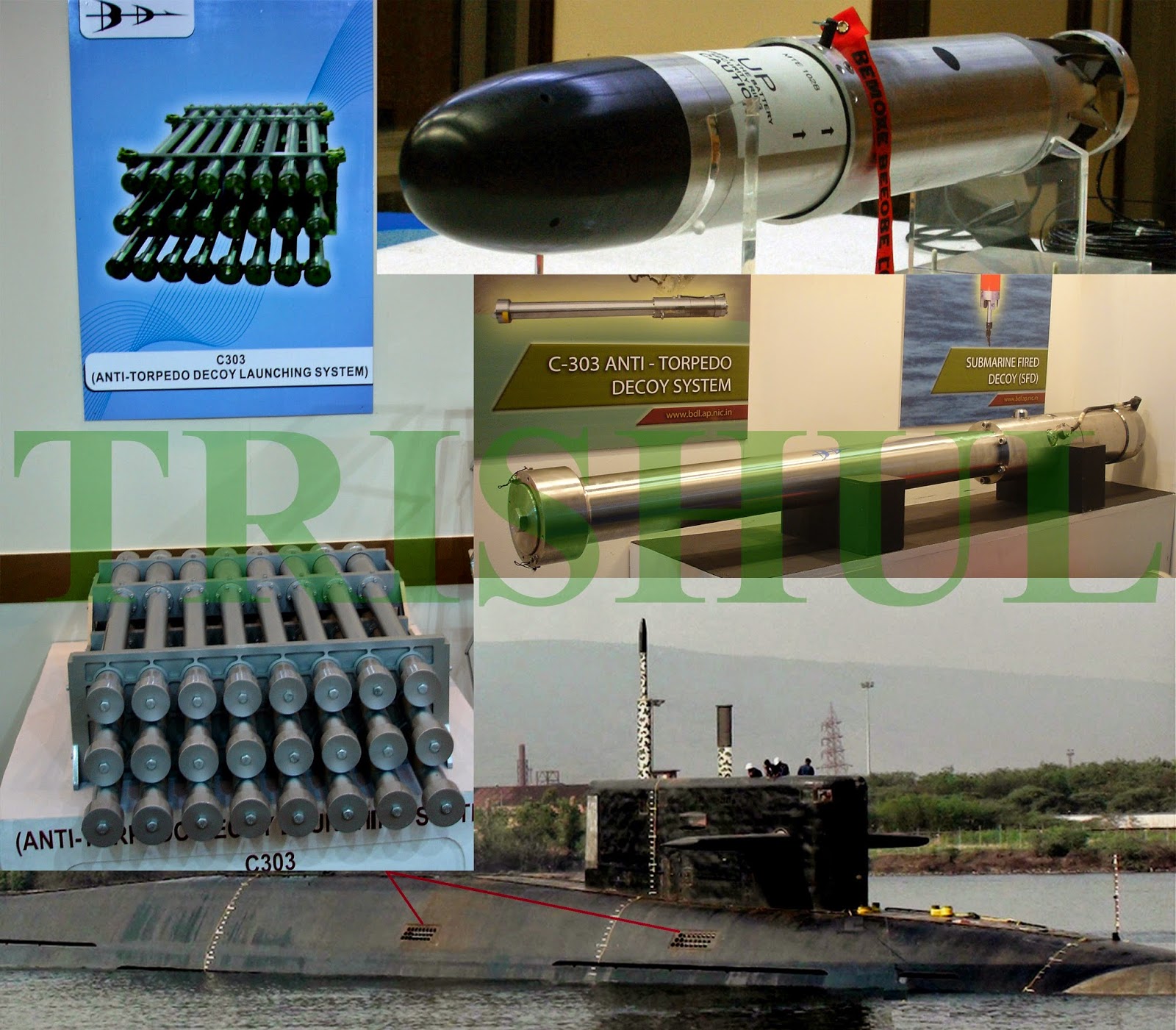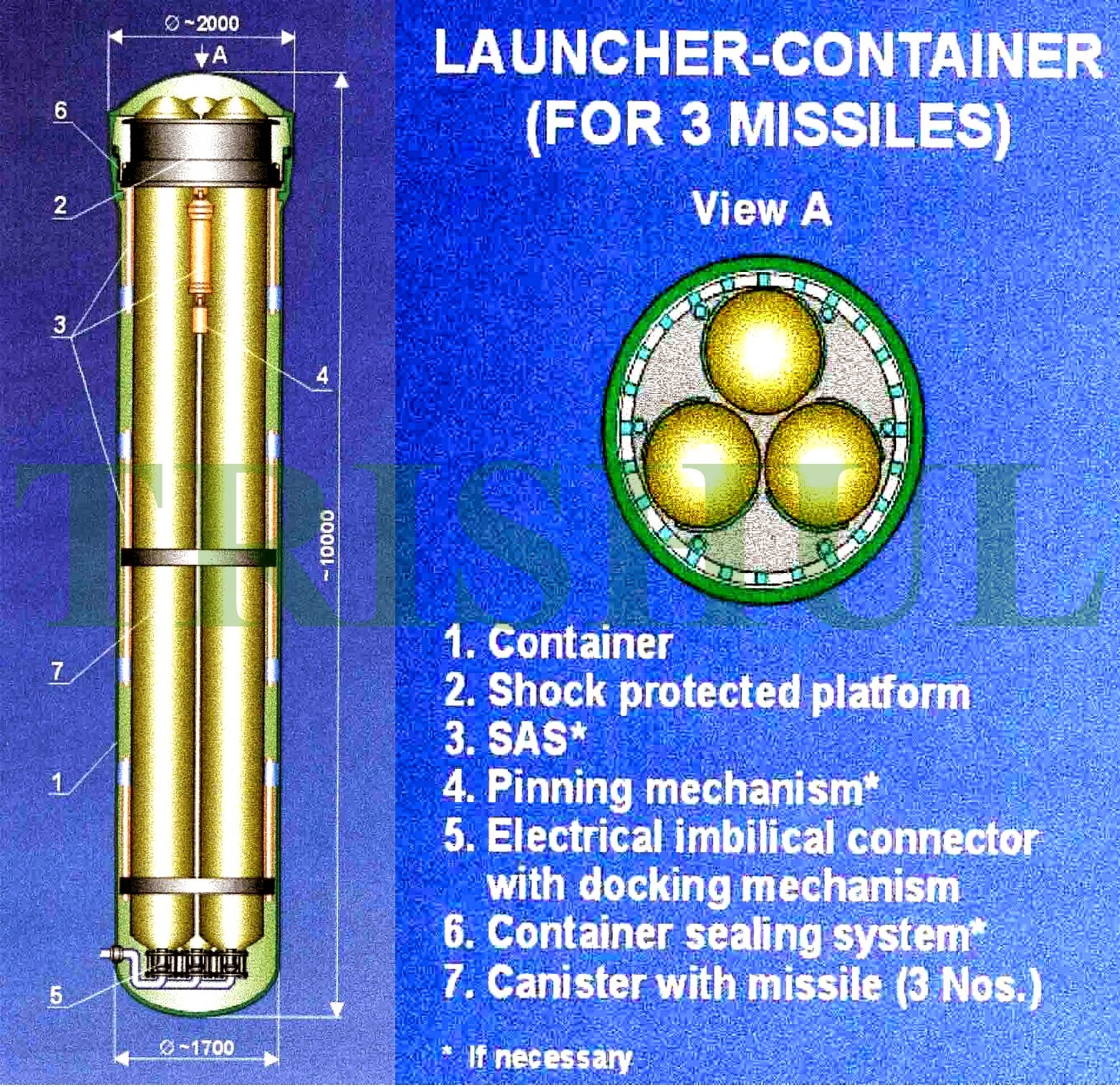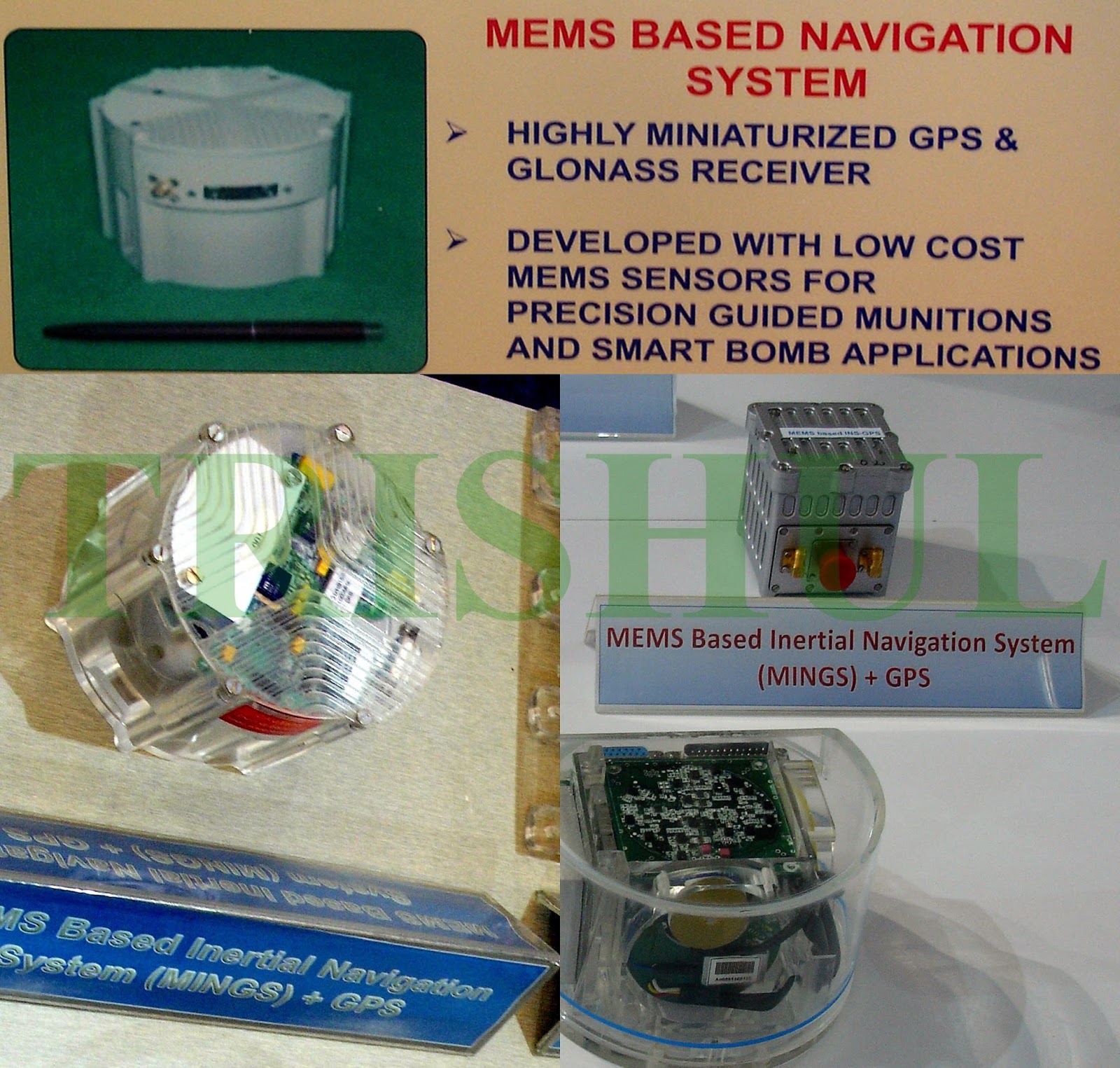Project Commencement Date: November 20, 1988
Commencement of Civil-Engineering Activities at Kalpakkam for Land-Based Nuclear Propulsion Plant (using a 83mWth pressurised water-cooled water-moderated reactor designed by Russia’s Afrikantov OKBM) also known as S-1, or ‘Half Boat’: 1989, with work being completed by 1999
Commencement of Metal-Cutting for S-2: January 5, 1998
Keel-Laying Ceremony Of S-2’s Hull: June 21, 1998 carrying the hull codename P-4102
S-2’s Hull Launching Ceremony: July 26, 2009 at the Indian Navy-owned Shipbuilding Centre (SBC) at Visakhapatnam, with S-2 being christened as ARIHANT
Attainment of PWR Criticality on-board S-2/Arihant: August 10, 2013
Commencement of S-2/Arihant’s Sea-Trials: December 15, 2014
DRDO-Developed Low-Drag Glide-Bomb Data
The 1,000kg low-drag, high-explosive aerial bomb has been developed and is being produced by OFB Khamaria. The bomb, with a designation of Mk12, has a length of 4,000mm and weighs about 930kg.
The DRDO-developed 100km-range, 1,000kg low-drag glide-bomb has been jointly developed with Russia’s Joint Stock Company ‘Scientific Production Association Bazalt’ (JSC SPA Bazalt) and its local industrial partner Basant Aerospace Pvt Ltd.
While the DRDO developed the on-board MINGS-based inertial and terminal navigation system, the glide-kits and rear-end structural sections have come from JSC SPA Bazalt. The PGM will be used primarily against static targets like bridges, railway junctions, and logistic hubs for POL and ammunition storage.
The Russia-origin glide-kit will also be used by the IAF’s existing Mk11N high-explosive, 1,000lb low-drag aerial bombs.






















